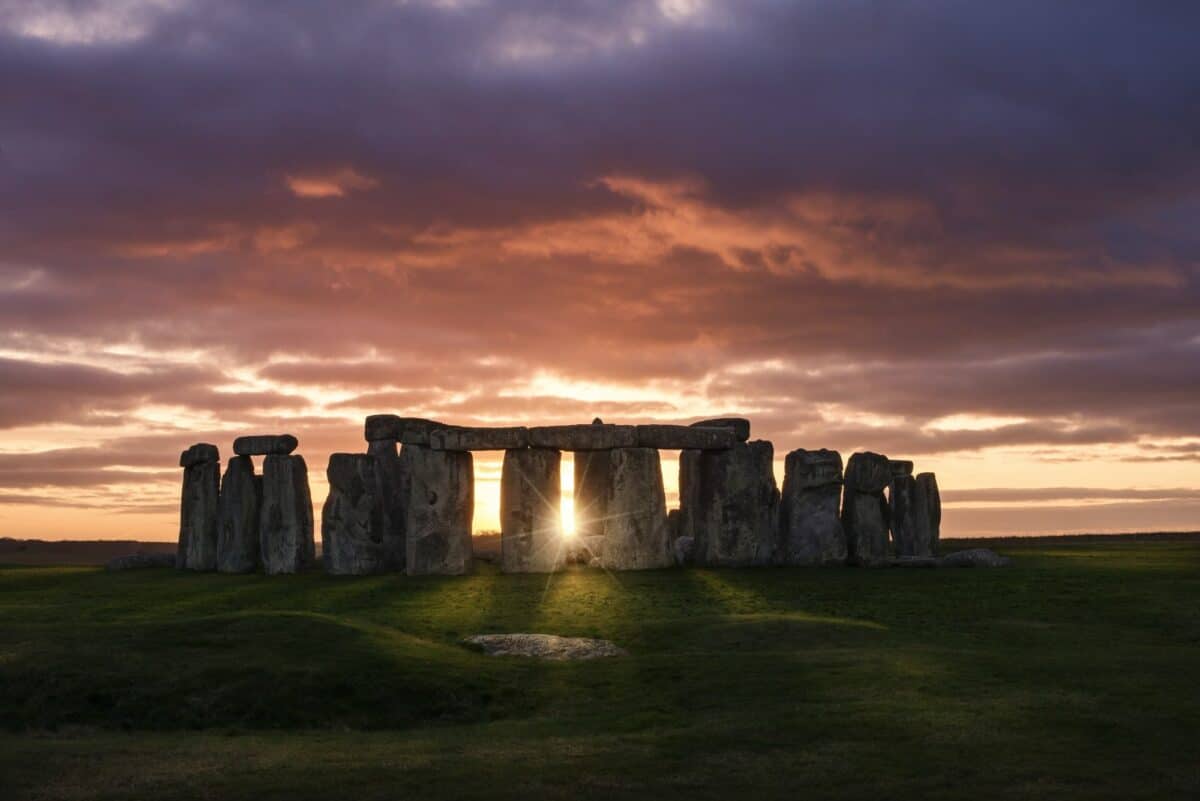
Stonehenge, near Salisbury, England, is probably the world’s most recognizable prehistoric monument. The earliest structures are pits that appear to have held large pine totem-pole like posts, erected between 8500 and 7000 BC.
The stones that we know today were set up around 2500 BC, and were arranged in the iconic circle around 200 or 300 years later.
The largest of Stonehenge stones are 30 feet tall and weigh 25 tons. It’s thought that they were brought to the Stonehenge site from 20 miles away.
A great deal of legend, mystery and tradition surround Stonehenge. In the modern era, Stonehenge has become a great draw to this part of the English countryside, especially during Summer Solstice, when thousands of people gather to watch the sun rise behind the Heel Stone, marking the longest day of the year.
Stonehenge is offering a livestream of the sunrise, which means that we can all watch, no matter where we are.
Explore a list of Summer Solstice events throughout the Triangle!
You’ll be able to watch both sunset and sunrise on English Heritage’s Facebook page or YouTube Channel. They’ve created Facebook events for both sunset and sunrise.
Here in North Carolina, we trail the United Kingdom by five hours, so these are the times that you should keep in mind:
Sunset:
At Stonehenge: Streaming starts at 8 p.m. on June 20, 2025 (Sunset is at 9:25 p.m. BST.)
In North Carolina: Streaming starts at 3 p.m. on June 20, 2025 (Sunset is at 4:25 p.m. EDT.)
Facebook event
Sunrise:
At Stonehenge: 4 a.m. on June 21, 2025 (Sunrise is at 4:51 a.m. BST.)
In North Carolina: 11 p.m. on June 20, 2025 (Sunrise is at 11:51 p.m. EDT.)
Facebook event
If you can’t make it at those times you’ll be able to watch the videos later on English Heritage’s Facebook page or Youtube account.
Double-Check Before You Head Out!
We make every effort to make sure that everything on Triangle on the Cheap is 100% accurate.
However, sometimes things change without notice, and it’s also possible that we can make a mistake.
Please verify all deals and events with the venue or organizer before you go.
Upcoming Solstice Events
Learn about solstice events around the Triangle, or take a quick look at some upcoming events:
Virtual
